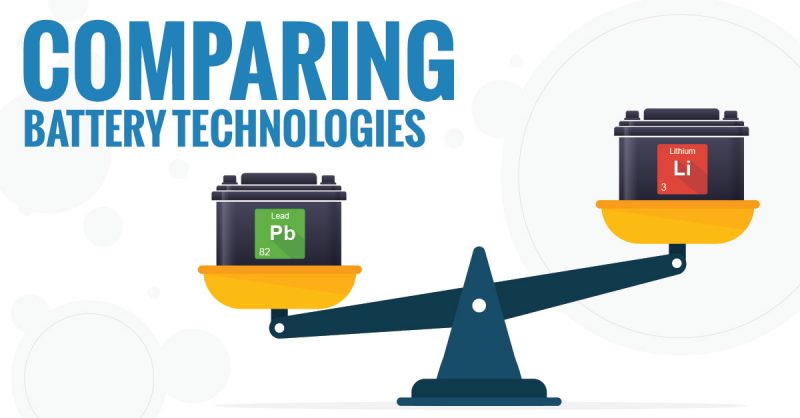- Professional Development
- Medicine & Nursing
- Arts & Crafts
- Health & Wellbeing
- Personal Development
To achieve optimum performance and long-term success all organisations have to respond and adapt to the external environment. Similarly, all job specifications within an organisation are conditioned by the plans that need to be followed in order to change. This course addresses the ability you require in having the knowledge and understanding of your organisation’s objectives, strategies and plans as well as your knowledge of the external environment in relation to political, social, financial and market competitive forces that affect your organisation.

People at work spend a substantial amount of time in meetings: a typical manager can spend half of their work time in meetings of one sort or another. This course looks at the ability to plan and control your meetings and make effective use of your time. Well-run meetings rely upon proper planning, preparation, selection of participants, adherence to issues and time schedules. Meetings also play an important part in the maintenance of good teamwork, supporting working relationships and focusing the team on superior work performance.

Innovation is a special and highly regarded ability in people at work. The organisations that are the most successful at innovation will gain leadership in their market. This course focuses on the role of the corporate innovator in larger scale project development and highlights the importance of building innovative teams in order to maintain a competitive edge

Work stress has been described as the ‘wear and tear’ caused by your working life. In recent times, stress at work has seen a rapidly rising trend. This course looks at your ability to avoid work stress and to control and manage it, when it arises. Excessive and continuous work stress is very damaging, resulting in health problems, loss of productivity and pressure on working relationships. The main problems stem from excessive workloads and impractical deadlines, relationships with colleagues and future job insecurity.

Your ability to think is probably your greatest asset at work. Everything you say and do will be touched in some way by what is going on in your mind. Most certainly, performance and achievements are a direct function of your thinking abilities. This course looks at the skills of mental agility, conceptual and analytical thinking. Together, these skills allow you to conceive and form ideas in a practical sense and draw the right conclusions.

For many people, managing priorities often causes a potential source of conflict. The correct work behaviour is summarised in the phrase ‘what you do second is equally important to what you do first’. This routine can be achieved if time is controlled for the purpose of priority management. This course looks at your ability to focus on the priority of job objectives and the fundamental problem of conflict between priority of importance and priority of time.

Personal organisation is about having systems and disciplines that help you make the most of your time at work. These six course tutorials set out to assist you, in improving the positive behaviours within your personal organisation. Learning to develop these abilities will make a considerable improvement in your personal efficiency and productivity.

Transforming leadership is about leaders having a transforming approach to their work and lives. They operate from a set of core beliefs about people that when displayed and operated upon, motivate them to perform effectively and contribute to the development of the organisation. This transforming approach simultaneously impacts the personal development and corporate productivity of all involved. This course explores seven key areas to help you become more effective as a leader.

CE533: Comparing Battery Technologies
By Solar Energy International (SEI)
In this class, we'll review basic PV system types that use battery storage, the various use cases, and we'll take an in-depth look at what metrics are used to compare technologies. We'll discuss features of the most common battery chemistries currently used with PV systems and compare them. We'll look at how battery chemistry impacts battery bank sizing by reviewing a couple of design examples. Finally, we'll use a design example as the basis for a cost comparison of different battery technologies looking at both upfront and life cycle costs.

CE529: Hazards of Electrochemical Energy Storage in Solar + Storage Applications
By Solar Energy International (SEI)
Common chemistries, including lead acid, lithium ion, and nickel iron, each have different installation, maintenance, storage, and transportation requirements that can lead to fatal consequences if not conducted properly. This 8-hr online course, produced under an OSHA Susan Harwood Training Grant, provides training on the hazards associated with each energy storage technology and the control measures to eliminate or mitigate those hazards. This training includes five lessons for a total of 4 contact training hours. Lessons includes presentations, field videos, interactive exercises, and quizzes. Lesson content includes Lesson 1: Introduction to the Course and OSHA requirements Lesson 2: Energy Storage Technologies- Energy storage basics, lead-acid energy storage systems, lithium-ion energy storage, other types of electrochemical energy storage systems Lesson 3: Energy Storage Safety Regulations- OSHA safety regulations, NFPA 70 (the National Electrical Code) and NFPA 70E (Standard for Electrical Safety in the Workplace) NFPA 855 (Installation of Stationary Energy Storage Systems), the International Residential Code (IRC) and the International Fire Code (IFC) Lesson 4: Electrical Hazards- Electrical shock hazards, electrical arc flash hazards, electrical PPE, electrical connection hazards Lesson 5: Other Hazards- Chemical hazards, fire hazards, gas hazards, physical hazards, storage and transportation hazards, temperature effects on batteries, working space and clean installations
